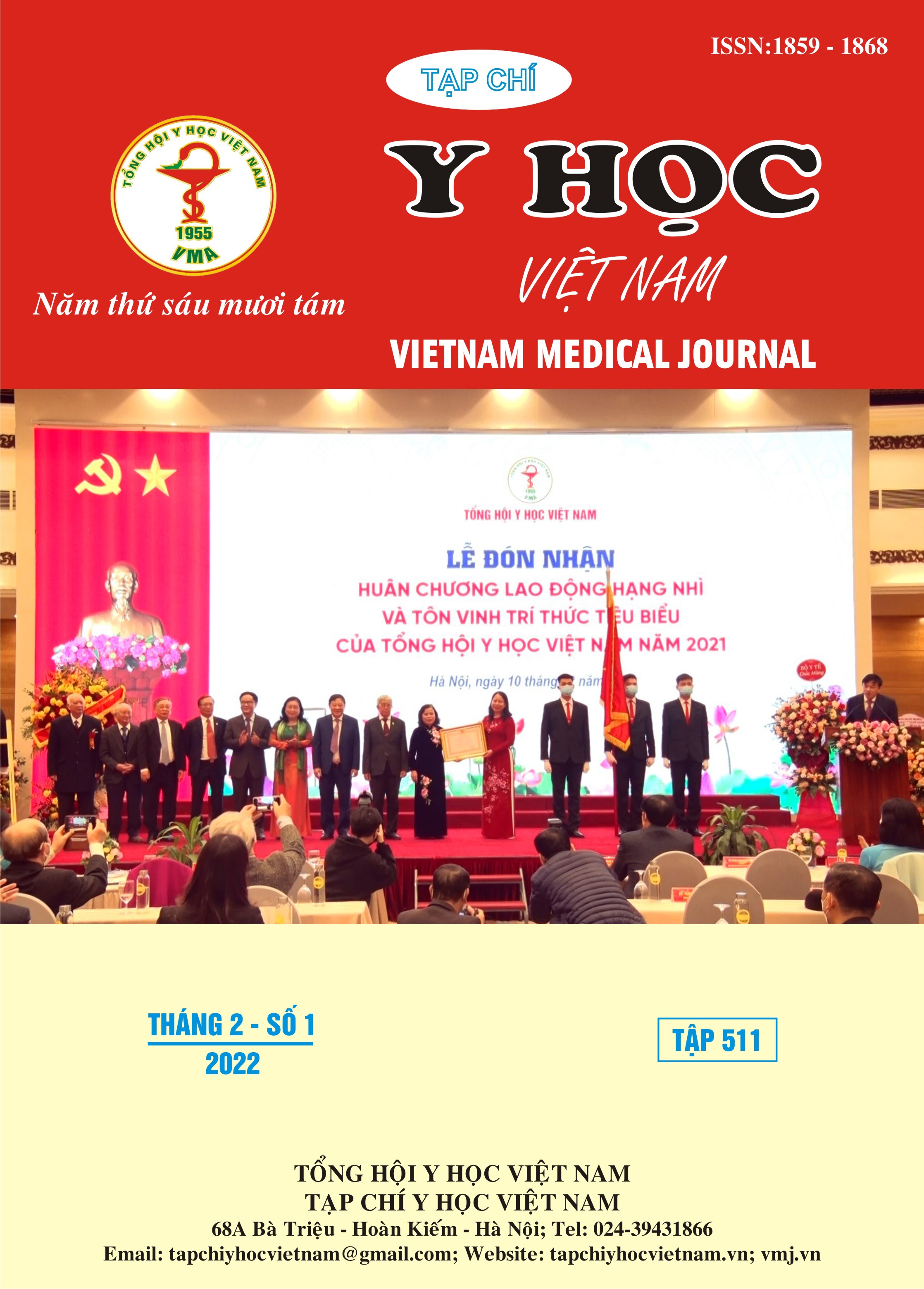ANESTHESIA FOR THE PATIENT UNDERGOING EXCISION OF PHEOCHROMOCYTOMA
Main Article Content
Abstract
Pheochromocytoma is a type of tumor that causes increased catecholamine secretion, leading to patient often having paroxysmal hypertension. This diseases is common in young people and leaving many serious consequences such as heart failure or cerebrovascular accident. Anesthesia for excision of pheochromocytome is one kind of difficult anesthesia, the anesthesiologist will face with many risks that happen both peri or postoperation. Therefore, optimal preoperative preparation, reasonable selection of anesthetics, and appropriate resuscitation strategies are very important to ensure that the patient undergoes a safe surgery. Non-emergency operations of other organs should be performed after the patient has adready had an pheochromocytoma excisioned.
Article Details
Keywords
Pheochromocytoma, Anesthesia, hypertension
References
2. Nguyễn Văn Chừng, (2013), Gây mê hồi sức giản yếu, Nhà xuất bản y học, tr 244-247
3. Rudin Domi, (2015), Anesthetic Considerations on Adrenal Gland Surgery, J Clin Med Res. 7(1):1-7.
4. John E. Hall and Arthur C. Guyton. (2006), Adrenocortical Hormones, In: Guyton and Hall Textbook of medical physiology, Saunders, pp 944-960
5. C. Prys Roberts. (2000), Pheochromocytoma - recent progress in its management. British Journal of Anaesthesia. 85 (1): 44 – 57.


